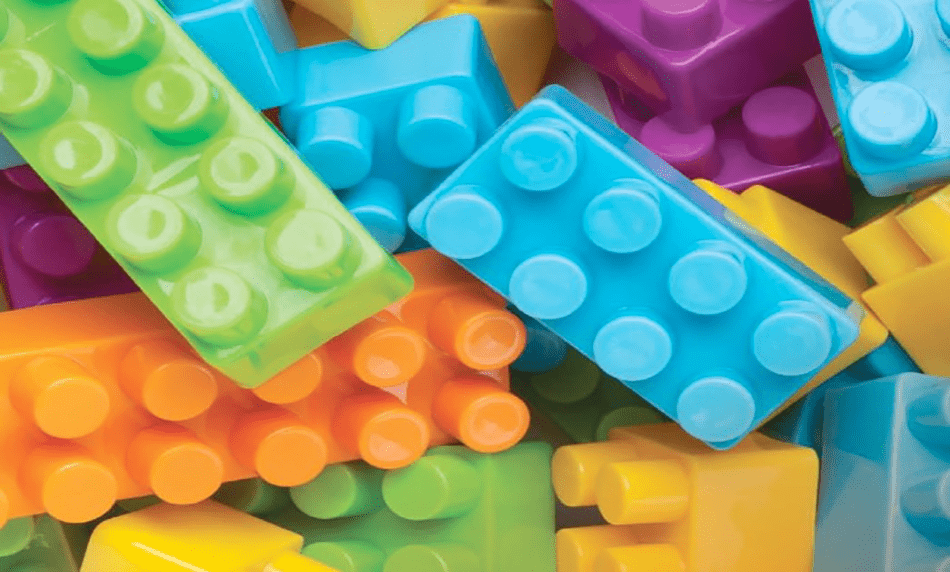

The Big Idea
Toys come in many shapes and sizes. They are made of different materials but all are designed for us to have fun with, to learn new skills and to exercise our bodies and our imagination.
Key Learning Goals - History:
1.4 Be able to use key words and phrases relating to the passing of time
1.5 Be able to order events and objects into a sequence
1.6 Be able to identify differences between their own lives and those of people who have lived in the past
1.7 Be able to find
Key Learning Goals - Science:
1.2 Be able to pose simple scientific questions
1.3 Be able to identify ways of finding out about scientific issues
1.4 Be able, with help, to conduct simple investigations:
-Thinking about what will happen
-Using, with help, simple scientific equipment
-Recognising when a test or comparison with one variable is fair
-Observing what happens
-Comparing what happened with what they thought would happen
-Offering explanations for what happened, and why it happened
-Making simple comparisons, identifying similarities, differences and simple patterns
-Recording and communicating their observations – orally, in writing and through ICT
Key Learning Goals - Technology:
1.2 Be able to plan what they are going to make
1.3 Be able to describe their plans in pictures and words
1.4 Be able to use simple tools and materials to make products
1.5 Be able to choose appropriate tools and materials for their tasks
1.6 Be able to comment on their own plans and products and suggest areas of improvement
In History, we’ll be finding out:
-About toys and games from the past
-How to decide if a toy is new or old
-How to create our own toy museum
-How we can learn about the past in different ways
In Science, we’ll be finding out:
-How to sort toys based on what they are made out of
-Which materials can be bent, squashed, twisted or stretched
-What materials are best for making a bath toy
-About pushes and pulls, and how things move
In Technology, we’ll be finding out:
-About ‘magic’ toys that fool our eyes
-How to design and make our own board game
-How to design and make our own puppets
In Physical Education, we’ll be finding out:
-About how different toys move
In ICT, we’ll be finding out:
-How to make our own space-themed computer game
In International, we’ll be finding out:
-About a popular game from another country and teaching others to play it
See more relevant resources on BrainPop
Learn about the properties of materials, where they come from, how they are made and what they are used for.
Find out how different sounds are made and how sound travels through different substances.
www.thedailybeast.com/galleries/2010/12/14/christmas-toy-fads.html
The Daily Beast is a US news website, which features an article on toy crazes over the last 30 years.
http://entertainment.howstuffworks.com/toy-pictures.htm
How Stuff Works website features an image gallery showing the most popular toys from the 1960s to the present day.
www.gamesmuseum.uwaterloo.ca/VirtualExhibits/Brueghel/index.html
The Games Museum, established by the University of Waterloo in Ontario, has an impressive collection of objects, which can be viewed on their site.
The Teddy Bear Museum is a site for collectors, providing images and information on teddy bears from the first half of the 20th century.
The Museum of Childhood website has an excellent section on teddy bears, with information on how bears can be classified based on their characteristics.
www.dianesdolls.co.uk/dolls.html
Diane’s dolls website has a good overview of the history of dolls, from prehistoric times to the modern day.
www.museumofchildhood.org.uk/collections/optical-toys
The Victoria & Albert Museum of Childhood website has some excellent resources on toys and games from different historical periods.
http://edis.ifas.ufl.edu/pdffiles/4h/4h05500.pdf
The University of Florida has produced this PDF document, which features over 50 games from around the world. While most are flagged ages 9-12, they are very simple to learn and play.
www.topics-mag.com/edition11/games-section.htm
Topics Online Magazine has a section on traditional games from around the world. This site may be too difficult for children,
www.youtube.com/watch?v=yD0ovANHdqQ
YouTube hosts this simple demonstration of a thaumatrope.
www.youtube.com/watch?v=VIfJiqbgHDY
YouTube hosts this short documentary exploring the origins and history of the Barbie Doll.
www.youtube.com/watch?v=wHdpzDluyhs
YouTube demonstration of a spinning top product, which shows how it can be used to create simple animations and patterns.
www.youtube.com/watch?v=UV938f46Wpg
YouTube video providing a short explanation and demonstration of the Japanese art of Bunraku.
www.youtube.com/watch?v=mlBX3zOrsrM
YouTube video showing an Indonesian Wayang performance (shadow puppet theatre). The video gives a ‘behind the scenes’ view of how the show is put together, showing the musicians and the puppet operator.
www.youtube.com/channel/UC81dB7A-te0taf75bsdYtKg
This YouTube channel features a selection of videos showcasing examples of Kathputli, a string puppet theatre native to India.
www.youtube.com/watch?v=cZtw4KekvVM
A music clip from The Nutcracker ballet, with accompanying photographs.
www.youtube.com/watch?v=a8yyzBp0aIw
A video clip showing the battle scene from act 1 of The Nutcracker.






